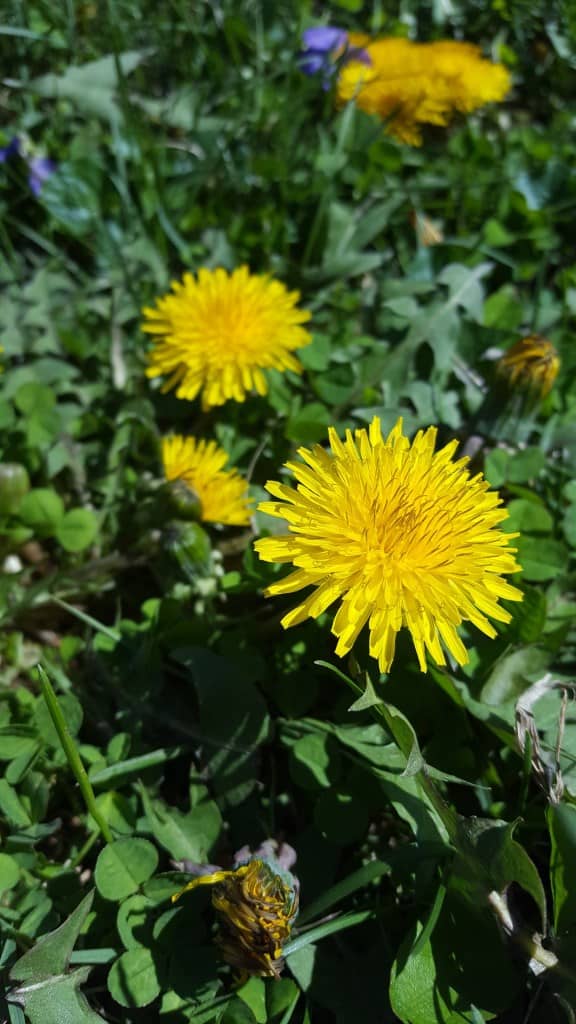What child does not love dandelions? The innocence of life seems to revolve around dandelions, from picking the bright yellow flowers in a bouquet for mommy, to grabbing a seedhead and making a wish upon the drifting seeds. I even allow them to grow and bloom in my yard, food and fuel for early foraging honeybees and bumblebees. However, in most homeowners lawn, dandelions are more than a nuisance, they are enemy number 1.

Dandelions arrived in North America with the earliest of settlers, bringing a plant renown for its use. A tea can be made from the flowers or roots, the whole plant is edible, and the flowers are made into a delicious jelly. However, they are quick to spread and can quickly take over a lawn with their taproot systems. The bane of North American lawns is truly the dandelion.

Controlling these perennial (weeds) is best done in the fall. As temperatures begin to cool in autumn, perennials such as dandelions and others begin sending extra nutrients to the roots before the tops die off. By treating with selective herbicides in the fall, the chemicals are translocated to the roots of the offending plants, killing them. If you tried the same thing in spring, you would have a low chance of kill, as plants are sending energy into leaves and flowers, and less so into roots at all.

Also, spot spraying with glyphosate or another herbicide during the growing season may do more harm than good, you may be killing the weeds, but you also invariably end up killing grass or drifting into neighboring landscape beds, killing or weakening ornamentals. There are also dandelion pullers available in some garden centers, and while these seem to work, they can be a back-breaking problem to operate. And if the root breaks off in the soil, it will likely regrow into a new plant.
Please call Grimm’s Gardens for more information on fall herbicide treatments for your lawn and timing of spray applications.
Happy planting!



